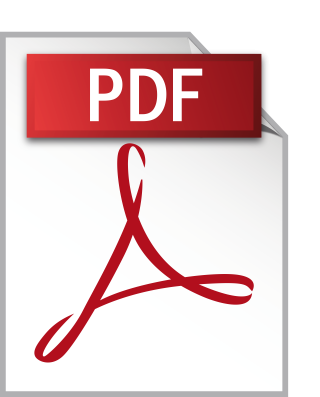 DORM-SCOUT: DORM AND APARTMENT RENTAL ASSISTANCE SYSTEM USING GPS NAVIGATION TECHNOLOGY
DORM-SCOUT: DORM AND APARTMENT RENTAL ASSISTANCE SYSTEM USING GPS NAVIGATION TECHNOLOGY
by Menard Mercado Umandal; Rai Robin Espiritu Dimaala; Sean Ramel Flandez Macalalad • 2024
Finding and securing rental properties is often time-consuming and inefficient, particularly for students unfamiliar with local options. At Batangas State University ARASOF-Nasugbu, tenants and landlords face limited rental information, inefficient inquiry management, and difficulty tracking payments. Dorm-Scout, a web-based platform, addresses these issues by integrating real-time property listings, inquiry handling, GPS navigation, and automated payment notifications. Developed using Agile methodology with PHP, Laravel, and MySQL, the system underwent testing and evaluation to assess usability and user satisfaction. Results indicate high acceptance levels, with ease of use (4.48), reliability (4.39), security (4.42), and functionality (4.43) receiving strong ratings. Dorm-Scout significantly improves rental search efficiency, landlord-tenant communication, and transaction tracking. Future enhancements include AI-driven rental recommendations, mobile application support, and system scalability for broader adoption.
